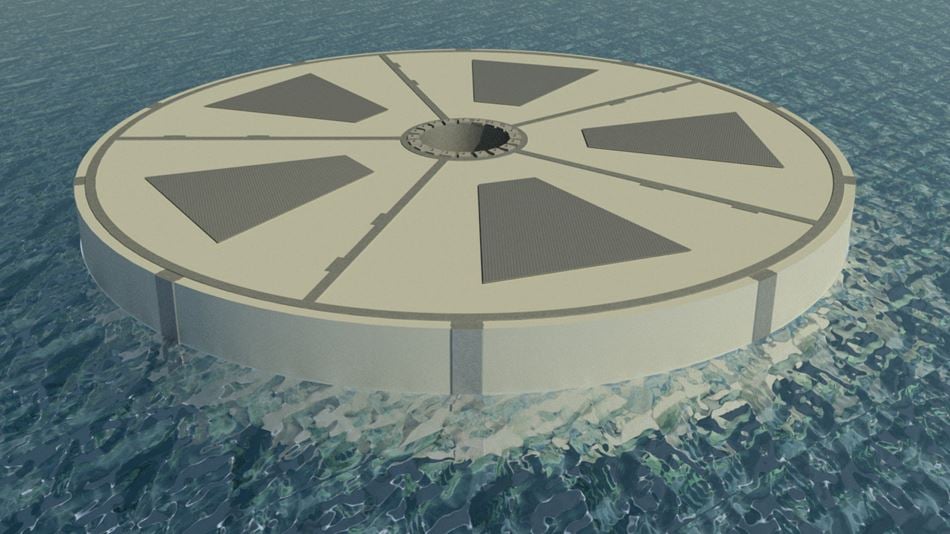 Sarah Wright
UKIMEA Press Office,London
Sarah Wright
UKIMEA Press Office,London
A team led by Arup has secured funding from Wave Energy Scotland (WES) to demonstrate the potential of new applications of concrete to bring down the cost of wave power.
It is one of two consortia that will share just under £1 million for projects that aim to bring down the cost of wave power.
The Arup consortium aims to show that pre-cast reinforced concrete can be incorporated in a variety of wave technologies.

